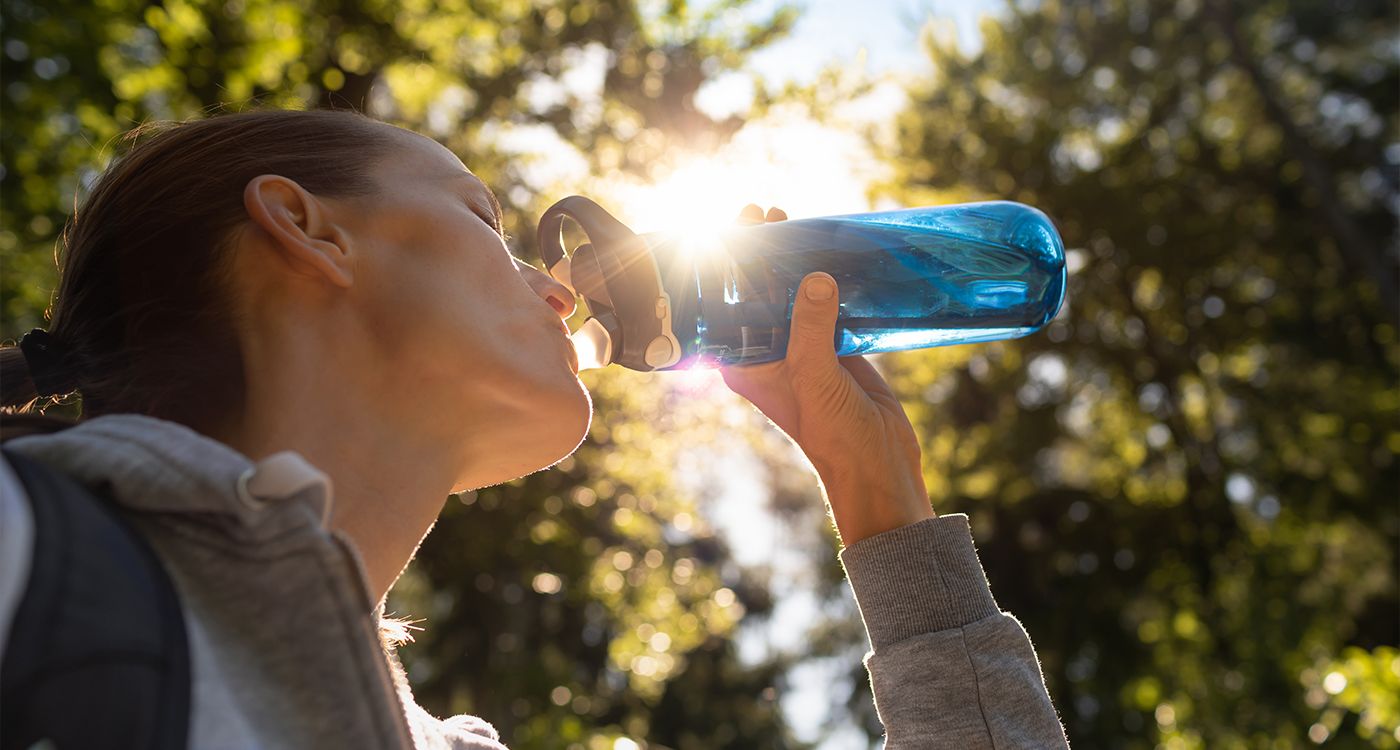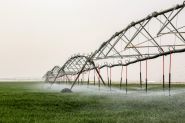
Reusable water bottles, praised for their environmental and economic benefits, are slowly gaining ground – even in Lebanon, where single-use plastic bottles still dominate. But without proper maintenance, these sustainable alternatives can become breeding grounds for bacteria. A closer look at an object that, although practical, carries hidden health risks.
Proper hydration, eco-awareness and sleek design – in many parts of the world, reusable water bottles are everywhere. Whether made of stainless steel, glass or durable plastic, they’ve become a fixture in backpacks, on desks and in gyms. Since the rise of zero-waste movements and growing environmental consciousness – still, unfortunately, far from widespread in Lebanon – they’ve come to represent a more mindful approach to consumption. In Lebanon, single-use plastic bottles remain the norm, but reusable bottles are slowly making inroads, particularly among younger people and those more attuned to environmental concerns. Yet as they become part of daily habits, one key point is often overlooked: a water bottle is not risk-free. Without proper cleaning, it can become a breeding ground for bacteria.
Bacteria in Every Sip
Unlike single-use bottles, which are typically discarded after a single use, reusable water bottles accompany us throughout the day. We refill them, drink directly from them, and carry them across various environments – often without giving them a second thought. What many fail to realize is that each time the bottle comes into contact with our mouth, oral bacteria, along with those from our hands or the surrounding environment, can accumulate on its surface.
A Canadian study conducted among schoolchildren found that 13% of reusable water bottles contained bacteria levels exceeding drinking water standards, and nearly 9% tested positive for fecal coliforms. These are alarming figures, especially considering that these bottles are often used by children or health-conscious individuals.
Biofilm: An Invisible Hazard
One of the primary threats is the development of a bacterial biofilm inside the water bottle. This thin, slimy layer is made up of microorganisms that cling to the walls and grow in warm, moist environments – conditions commonly found in bottles left unattended or not cleaned regularly. Although some biofilms may contain harmless bacteria, it can also harbor pathogens like E. coli, Staphylococcus aureus and yeasts that cause fungal infections. Contrary to common belief, a simple rinse with water is not enough to eliminate them.
The Material’s Impact
The choice of material for a water bottle also affects bacterial risks. Plastic bottles, while affordable, are often porous and easily scratched, creating micro-scratches that serve as ideal hiding spots for germs. Additionally, some inexpensive bottles may release microplastics into the water, particularly when exposed to heat. In contrast, stainless steel bottles are more durable, less prone to bacterial buildup, and do not release any particles. Glass bottles are excellent from a health standpoint, although they are more fragile with use. Caution should also be exercised with silicone caps, where mold and residue can easily accumulate.
Thorough Cleaning Required
So, how can you keep on using your water bottle safely? The answer is simple: daily maintenance. A water bottle should be washed daily, ideally with warm water and soap, using a bottle brush to reach all the corners. It should be thoroughly air-dried and deeply cleaned (with vinegar or baking soda) once a week. Bottles with built-in straws, sports caps or complex systems should be fully disassembled, as these are often the parts most conducive to microbial growth.
Many users are misled by the odorless or clear appearance of the water. If it has no smell and looks clear, they assume it’s clean. However, pathogenic bacteria are neither visible to the naked eye nor smelly. Therefore, the transparency of the water does not guarantee its safety. And it’s not just about digestive health. Germs present in the water bottle can lead to oral infections, skin issues (when the water is touched and then touches the face), or even respiratory problems if mold develops.
The Disposable Option: A Misguided Choice
In Lebanon, where the use of plastic is prevalent and disposable bottles pile up on every street corner, the existing trend still focuses on reusing single-use containers. Yet, this approach is flawed. Not only is their environmental impact substantial (if only the public paid more attention to the environment), but these containers, designed for one-time use, also pose health risks when reused carelessly.
Reusable water bottles remain the exception, despite being a valuable alternative for both our health and the planet. However, proper maintenance is crucial. We wouldn’t drink from a dirty cup every day – so why would we do so with our water bottle? Like any utensil that comes into contact with food, it requires careful, thorough and informed use. Water is a source of life – only if the container doesn’t unwittingly turn into a breeding ground for bacteria.
Practical tip: If you notice an unusual smell, detect dark stains, or taste something off in your water, it’s a sign that a thorough cleaning is urgently needed – or that it may be time to replace your water bottle.




Comments